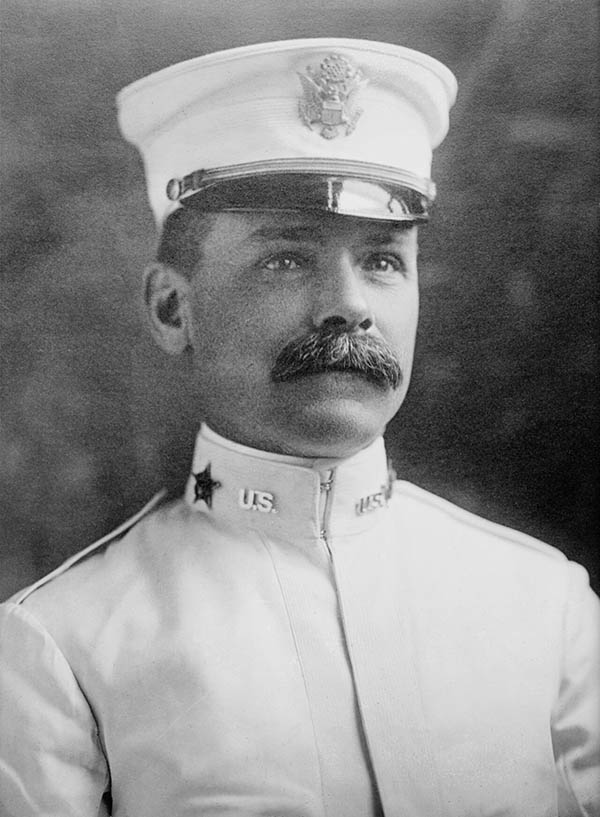David du Bose Gaillard (September 4, 1859 – December 5, 1913) was an officer in the U.S. Army Corps of Engineers best known for his work on the Culebra Cut, which for many years was known as the Gaillard Cut, the most difficult portion of the Panama Canal. Born in South Carolina, Gaillard attended West Point and graduated in 1884. In 1896, Gaillard was secretly dispatched to Alaska to survey the disputed Portland Channel, one of the most contentious points in the Alaska Boundary Dispute between the U.S. and Canada. In 1908, he was tasked with devising a route through the Continental Divide portion of the Panama Canal, the most difficult portion of the entire project. He was regarded to have been an extremely hard-working officer who checked minor details of the project's expenses, saving millions of dollars in the process. Soon after returning from Panama in late 1913, Gaillard died of a brain tumor, not living to see the canal's opening. The Culebra Cut was named in his honor for most of the history of the canal's existence, but was returned to its original name when management of the canal was handed over to the Panamanian government.


